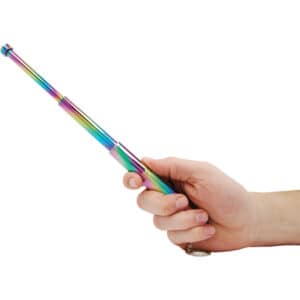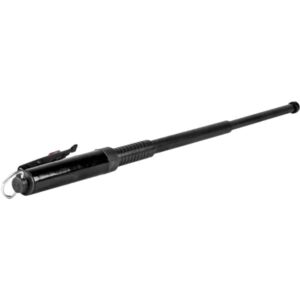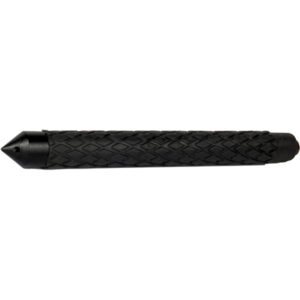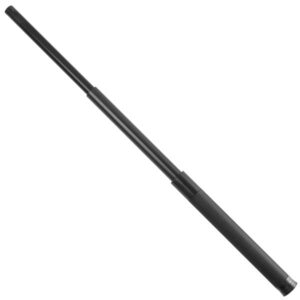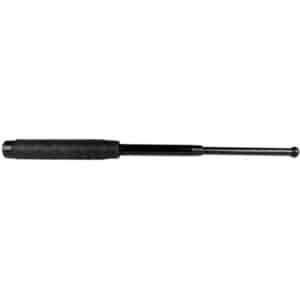What Is A Telescopic Baton and Its Uses
A telescopic baton, also known as an expandable baton, collapsible baton, or tactical baton, is a baton made of solid metal that comes in compact form for carrying, then expands out to a longer size and can be used for self-defense, law enforcement, or security purposes.
Description: A typical telescopic baton consists of cylindrical sections that are nested within each other. These sections extend outwards when the baton is deployed and lock into place to form a rigid, straight stick. The most common materials used for telescopic batons are steel or other sturdy metals, which make them durable and effective for striking.
Mechanism: The baton usually extends by a swift flick of the wrist, which causes the sections to telescope out to their full length and lock into place. To collapse the baton, you typically press a button or a lever, or knock the tip against a hard surface to release the locking mechanism, allowing the sections to slide back into each other.
Uses:
-
Law Enforcement: Telescopic batons are often used by police officers and other law enforcement personnel for subduing and controlling suspects, as a less lethal alternative to firearms. They are used for defensive techniques or to apply pressure to sensitive areas to gain compliance without causing permanent injury.
-
Self-Defense: Civilians may also carry collapsible batons for personal protection. They provide a means of self-defense that can keep an attacker at a distance without resorting to lethal force. However, it’s important to note that the legality of carrying a telescopic baton varies widely by jurisdiction, and in some places, it may be illegal or require a permit.
-
Security: Security guards often use telescopic batons as part of their toolset to protect property or individuals. The baton serves as a deterrent and a defensive weapon in case of a physical confrontation.
-
Crowd Control: During riots or large gatherings that may turn violent, law enforcement may use telescopic batons to control crowds and maintain order while minimizing harm.
-
Rescue Operations: Some batons are equipped with additional features such as glass breakers, which can be used in rescue operations to break windows and gain access to vehicles or buildings in emergency situations.
Training and Regulation: Proper training in the use of telescopic batons is essential to ensure they are used effectively and safely. Improper use can result in serious injury. As a result, many law enforcement agencies require officers to undergo specific training on the use of batons. Civilians who wish to carry a telescopic baton for self-defense should also seek training and be fully aware of the legal requirements and restrictions in their area.


